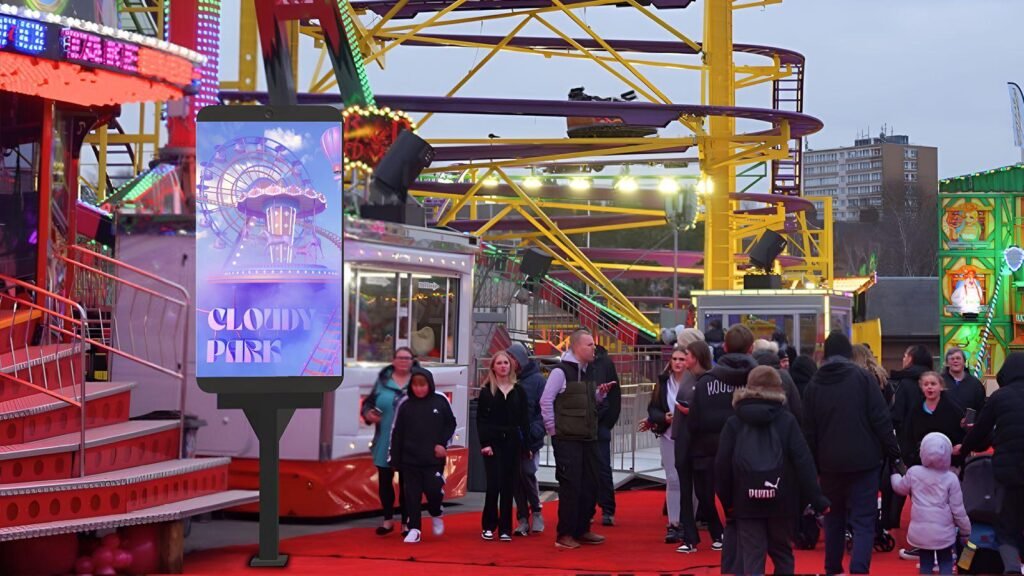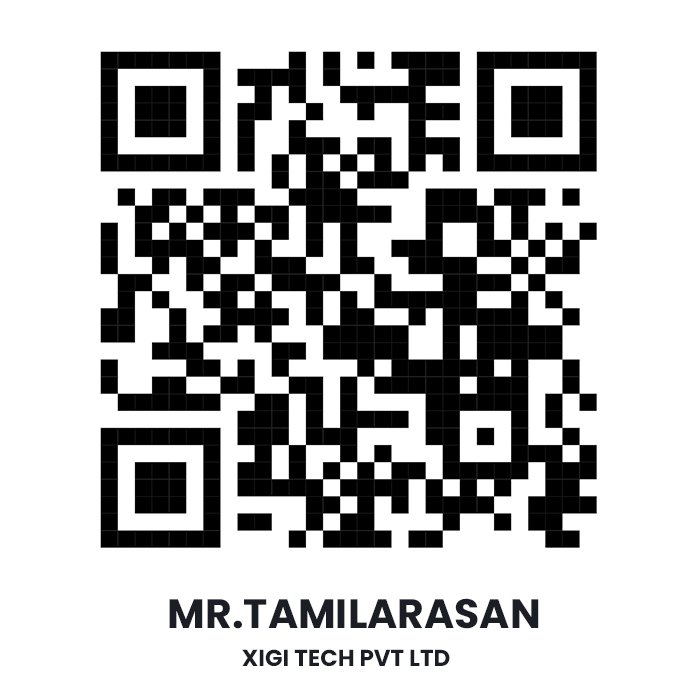Digital Out-of-Home (DOOH) advertising is reshaping how brands interact with consumers in public spaces. Nowhere is this more evident than in entertainment venues, where immersive experiences and high foot traffic create an ideal environment for impactful messaging. This article explores the application of DOOH in India’s entertainment sector, its effectiveness, and why it’s gaining traction among advertisers.
Understanding DOOH Advertising
DOOH refers to digital media displayed in public places, excluding mobile and online ads. It includes digital billboards, LED screens in malls, interactive kiosks, and digital signage in entertainment venues such as cinemas, amusement parks, and sports arenas.
Unlike traditional OOH (Out-of-Home) advertising, DOOH leverages dynamic content, real-time data, and targeting capabilities—making it more versatile and engaging.
Why DOOH Works in Entertainment Venues
Entertainment venues offer several advantages for DOOH campaigns:
- Captive Audience: People spend more time in these venues, making them more receptive to advertising.
- High Footfall: Cinemas, gaming zones, and sports arenas in India attract thousands of visitors daily.
- Engagement Opportunity: Interactive and video-based DOOH content can entertain while informing, Improving brand recall.
According to a 2023 report by GroupM, digital OOH spending in India grew by 23% year-over-year, with entertainment venues being one of the fastest-growing segments.
DOOH Growth in India: A Market Overview
India’s DOOH market is expanding due to several key drivers:
- Urbanization and Infrastructure Growth: More malls, metro stations, and multiplexes are being equipped with DOOH-ready infrastructure.
- Smart City Initiatives: Government-backed programs have led to the integration of digital signage in public areas.
- Tech Adoption: AI and data analytics are enabling smarter, location-based targeting in DOOH campaigns.
A study by Dentsu India (2023) revealed that 68% of marketers in India believe DOOH offers better ROI than traditional OOH, especially in experiential environments like entertainment hubs.
Key Advantages for Advertisers
- Real-Time Content Updates: Campaigns can be modified on the fly to reflect local events, weather, or audience behaviour.
- Data-Driven Targeting: Integration with mobile data and geofencing allows for hyper-targeted campaigns.
- Enhanced ROI: Increased engagement often leads to improved brand awareness and conversions.
A beverage brand partnered with a major cinema chain in Mumbai to display a dynamic ad synced with movie genres being shown. The result? A 34% uplift in brand recall within a week.
Challenges and Considerations
Despite its advantages, DOOH in India faces a few challenges:
- Fragmented Inventory: Lack of standardization across platforms can limit scalability.
- Measurement Complexity: Accurately tracking ROI and impressions is still evolving.
- High Initial Investment: While costs are decreasing, the upfront tech investment remains a barrier for smaller brands.
The Future of DOOH in Entertainment Venues
As technology matures and infrastructure improves, DOOH is expected to become a standard component of media strategies in India. Programmatic DOOH (pDOOH) is also emerging, enabling real-time bidding for ad space, making campaigns more efficient and flexible.
According to PwC India, the Indian DOOH market is projected to surpass ₹3,000 crore (~$360 million) by 2026, with entertainment venues contributing significantly to this growth.
Conclusion
DOOH advertising is proving to be a powerful medium in India’s entertainment sector, offering unmatched visibility, engagement, and adaptability. For brands aiming to make a memorable impact, investing in DOOH at entertainment venues isn’t just an option—it’s a strategic imperative.


